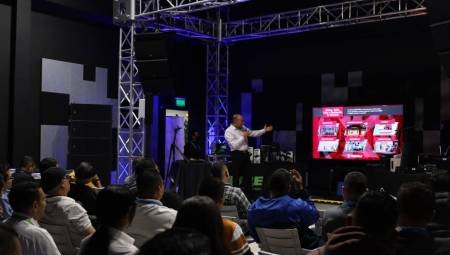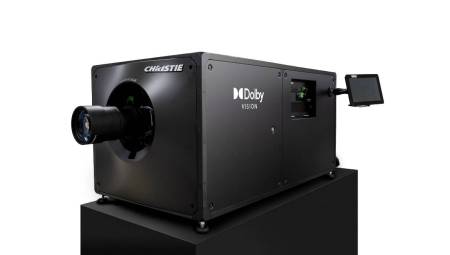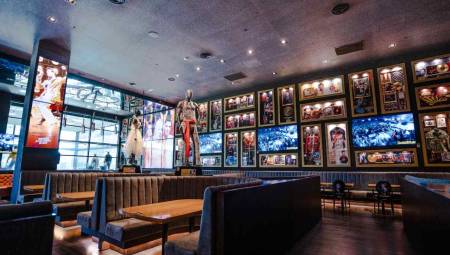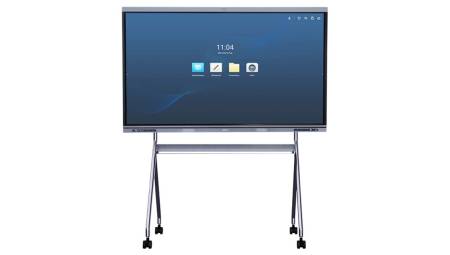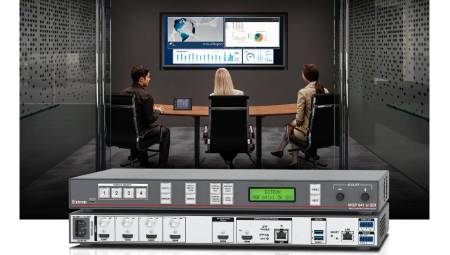Latin America. Datapath has released a new dedicated SDVoE capture card for real-time applications. The VisionSC-S2 card meets the strict parameters of SDVoE Alliance for minimal latency and high-quality resolution. The VisionSC-S2 ensures compatibility with the SDVoE Alliance's wide range of multi-vendor hardware solutions that deliver quality network video to the highest standards.
With 4K/60 capability, the VisionSC-S2 card offers an important part of the network video mix, as John Storey, CTO of Datapath explains: "SDVoE provides a flexible way to route signals in high-end installations, but not all transmissions. end directly on a screen. It is often necessary to ingest them into PC-based video controllers to manipulate, analyze, or encode them. We are proud to launch our new capture card to the market, ensuring high-quality video captures along with Datapath's proven reliability."
SDVoE Alliance has set the industry standard for the adoption of Ethernet to carry AV signals in professional AV environments, including wall controllers in a control room and high-quality feeds in medical controllers and critical surgical monitors. With Datapath's dedicated SDVoE capture hardware, enough PCIe bandwidth is provided to properly transfer the total quality available in SDVoE power to an application, and with minimal added latency to ensure that the end-to-end solution fits applications in real time. In addition, SDVoE is ideal for routing to media servers for long-distance real-time signal processing where minimal latency is crucial.
All AV processing and distribution applications that demand zero latency and uncompromising video can benefit from SDVoE technology, which provides an end-to-end hardware and software platform for AV extension, switching, processing, and control through advanced chipset technology, common control APIs, and interoperability.
SDVoE network architectures are based on out-of-the-box Ethernet switches, offering substantial cost savings and greater system flexibility and scalability compared to traditional approaches such as point-to-point extension and circuit-based AV matrix switching.







